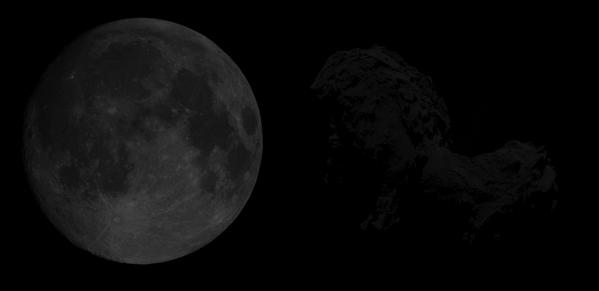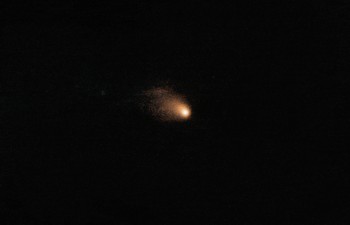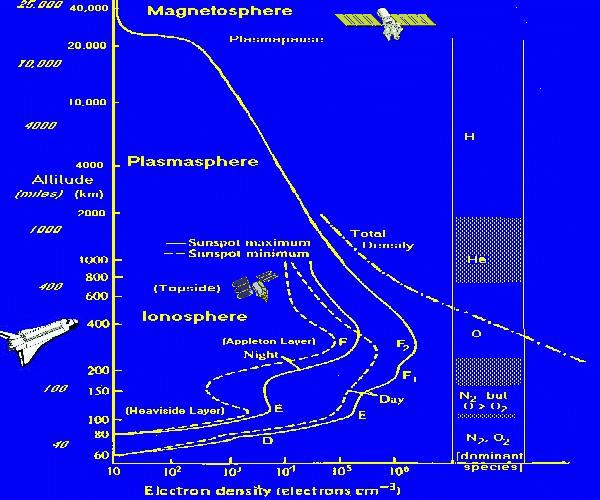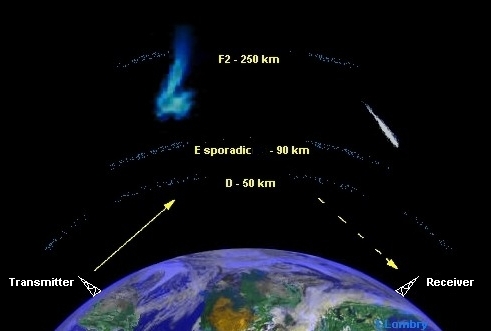We obviously have very different mental models of how things work, and that is allowed, and a good thing really. Some of your points have given me cause to look further into certain aspects of my own beliefs, but in most cases my research has only strengthened my doubts about what NASA shows or tells us about the true nature of how the cosmos works, and just what would be visible to our eyes in space.
Now I know you are dead against any scientific experiments which might lead to showing the errors in your own models and beliefs, but feel you will eventually have to accept that something is badly amiss with what mainstream science has lead us to believe about how things are in more than just astronomy and astrophysics, while I am quite willing to accept the results of any experiments that can be shown to be verifiable and repeatable and to have been conducted in a fair and unbiased manner.
You'll like this first bit of news though, as it does prove you were correct about the existence of the Node 2 Zenith porthole, and it was used in March this year to image to Moon! Case closed you might say, and this image, which I have verified to my satisfaction to have been taken from that porthole, must be proof of that.
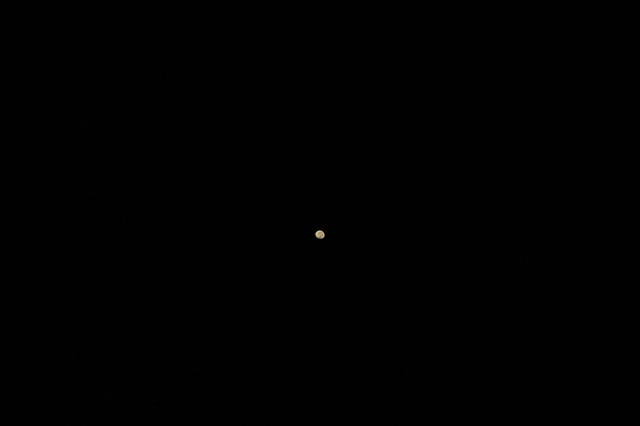
Given the information provided it could be shown beyond doubt that this image was indeed taken from that port, although the image you provided earlier can be proven to have been taken from either the cupola or another sideways facing port:

I have had this confirmed by an independent third party, who like yourself, believes my views are nonsense. I had been told about the Zenith porthole before, but was told it was usually covered because of its delicacy, and no images from it were to be found anywhere. Here is the post, and the CBCS flap image is available from there;
http://www.thunderbolts.info/wp/forum/phpB ... 240#p67102
Searching more recently for window or porthole had brought no results, so I had claimed it didn't exist, but using Node 2 Zenith CBCS does bring up info.
So the porthole exists, and images were taken. The Moon is clearly visible at a high angle, looking away from Earth. So what's my beef now? Well, looking further into the images from the set presented, I came across this image:
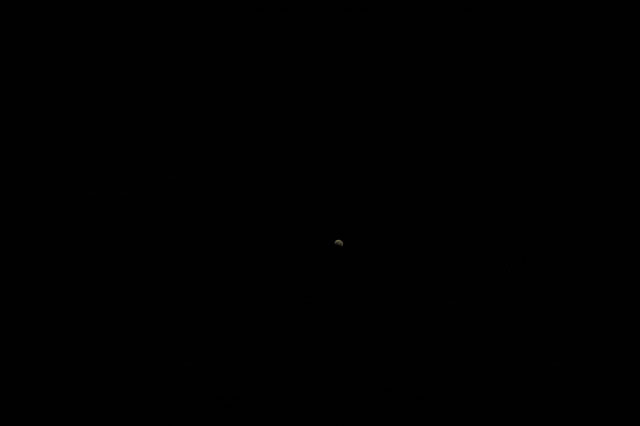
Much dimmer. Looking then into the camera metadata, I see they have used an ISO 400 setting, with the camera deciding aperture and exposure time.
NASA PHOTO ID: iss042e307400.NEF
GMT: 2015:03:08 15:46:43
MODEL: NIKON D4 S/N: 2071125
NASA SN and Temp: NASA 2071125 76.6F
Firmware: Ver.N.10
Image Size: 4992x3292
Compression: Nikon NEF Compressed
Exposure Program: Manual
Shutter: 1/1000
Aperture: 5.6
Meter Mode: Multi-segment
Shooting Mode: Continuous, Exposure Bracketing
ISO Speed: 400
AF Area Mode: Single Area
Focal Length: 58.0 mm
Lens ID: Manual Lens No CPU
DOF: -0.00 m (0.01 - 0.01)
Focus Mode: Manual
Focus Distance: 0.01 m
Subject Distance Range: Unknown
Compensation: +2/3
Noise Reduction: Off
Whitebalance: Auto1
Flash: No Flash
Flash Mode: Did Not Fire
Why such a high ISO? Not to prevent motion blur surely, or even camera shake if it was hand held. What does happen though, using those settings, is that you are guaranteed to get an overexposed image. They should have been using ISO 100, as most would while shooting the Moon from Earth. So this appears to be a totally dishonest attempt by NASA to make us believe that the Moon looks as bright in space as it does from Earth, but this is not the case. With the correct settings I believe the Moon would be very dark indeed, and that fact would not tally with the brightness we observe from Earth, which, if anyone noticed or even cared, should surely lead to questions, but to me, demonstrates that some atmospheric mechanism is making the Moon appear very bright, and that same mechanism is making the stars visible to us on Earth. Unfortunately, they never did any longer exposures to show us the stars out of that porthole, maybe next time?
Pick away Frank!
In order to change an existing paradigm you do not struggle to try and change the problematic model. You create a new model and make the old one obsolete. -Buckminster Fuller
